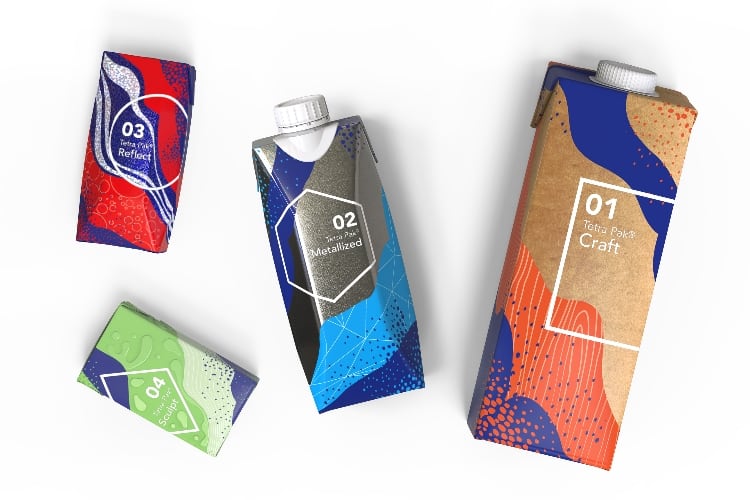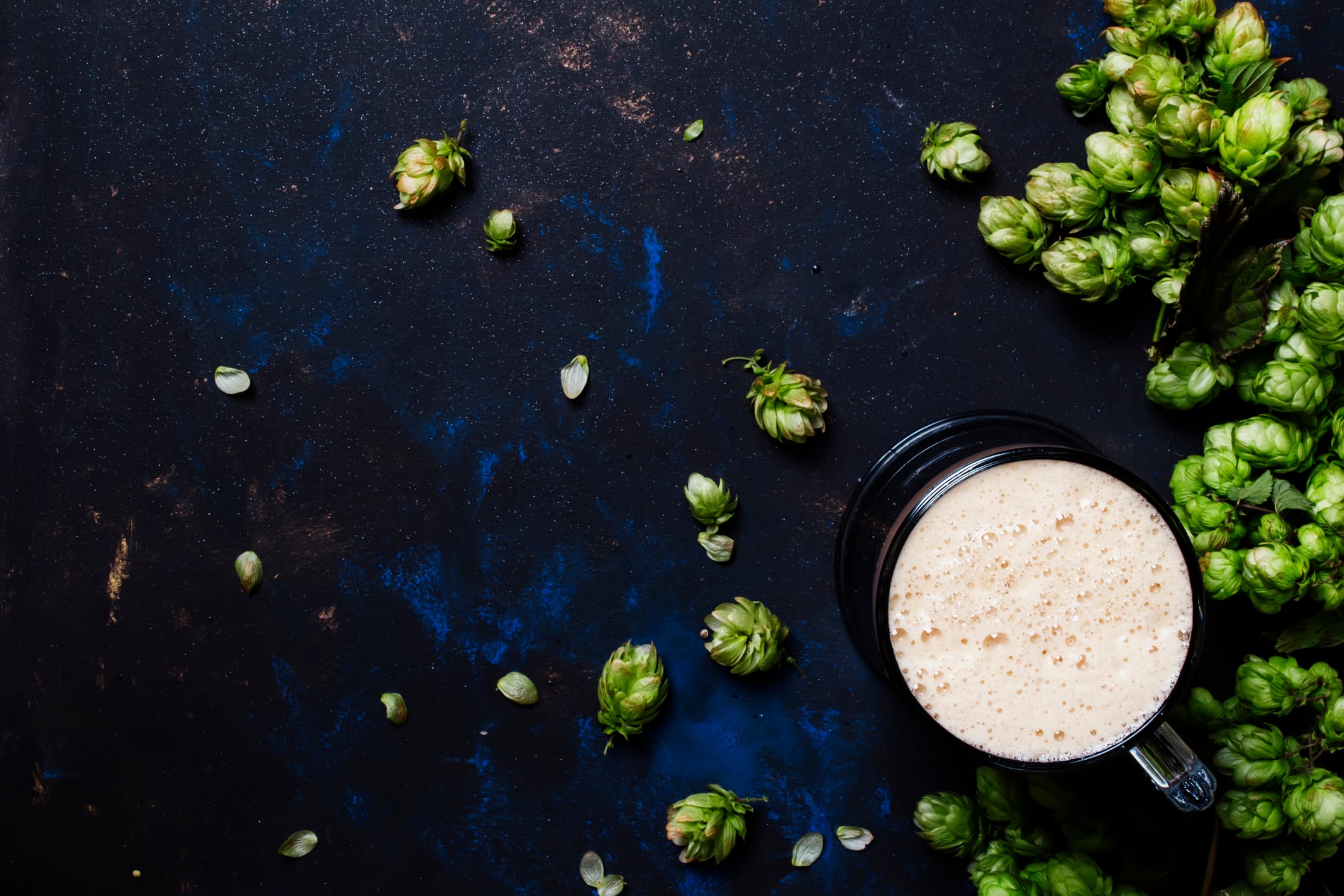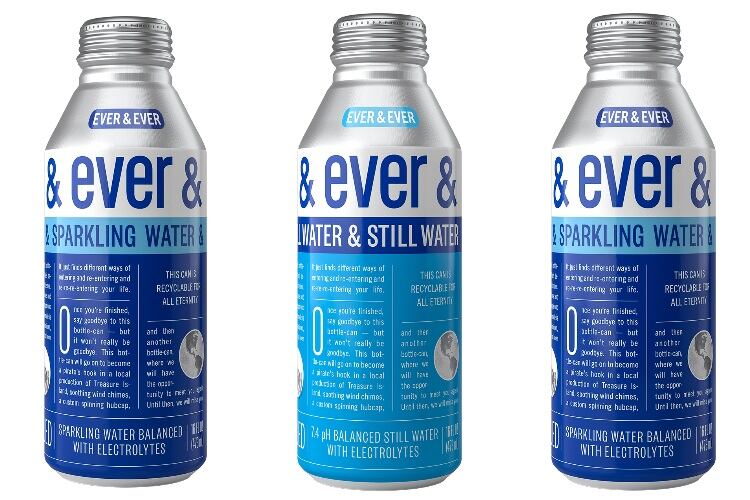Adolfo Orive, president and CEO, Tetra Pak, says that sustainability has seen a ‘dramatic shift’ over the last 18 months, including “increased pressure on waste management, plastic materials and reusability,” leading Tetra Pak to reexamine its approach to recycling and its packaging materials.
In 2018 the company strengthened its packaging portfolio innovation strategy by investing in packaging made from renewable or recycled materials, it says in its 2019 sustainability report.
“We will be spending approximately 100m euros ($115m) per year for the next five years on developing alternative solutions to on-pack plastic straws, such as paper straws, tethered caps and other drink-from systems,” Tetra Pak said.
Building on 500 million renewable packages
Aroud 71% of the raw materials in the carton packages is paperboard, which Tetra Pak works to source responsibly year-round to combat deforestation. But Tetra Pak’s current standard beverage cartons also contain thin layers of polymer plastic that keep the product fresh and prevent moisture from getting in or out. There are polymers in the caps, closures and straws as well.
The inside of Tetra Pak’s aseptic cartons use a thin layer of aluminium (about eight times thinner than a human hair) to “provide vital protection from oxygen and light, keeping perishable food safe.”
Tetra Pak notes that this layer of aluminum is responsible for about one-third of the climate impact from its base materials.
Tetra Pak reports it set tougher carbon dioxide emissions target for its aluminium foil suppliers in 2018 and is continuing to investigate alternative barrier materials. But it recognizes how much work and innovation needs to be done before reaching its overall goals.
“Our long-term ambition is for all our chilled and ambient packages to use renewable and/or recycled polymers, with no further extraction of fossil feedstock necessary,” the report said.
In its updated portfolio strategy, Tetra Pak said it plans to launch fully renewable aseptic carton packaging and further develop bio-based products. Its sustainability focus will be on paper straws, non-detachable alternatives, biodegradable straws and tethered caps.
It is looking into the use of recycled polymers and paper in primary and secondary packaging, as well as exploring new packaging material structures such as smart packaging that enables collection, sorting and recycling.
“We brought half a billion fully renewable packages to market in 2018, and will be using more and more recycled plastics for secondary packaging and distribution material going forward,” the report said.
Global planning for the future
In Europe, Tetra Pak said it will incorporate a minimum of 2% recycled plastics content on average across its beverage cartons by 2025.
“In November last year, we announced a major new partnership with Veolia, which we plan to increase significantly in 2019. This will enable all components of used beverage cartons collected within the European Union to be recycled by 2025,” the report said.
In the US and Canada, Tetra Pak said it will soon be using 100% renewable electricity, thanks in part to 1,826 solar panels that went live on its Denton, Texas campus earlier this year. The resulting energy is projected to reduce the company’s output of carbon dioxide by 771 tons every year.
Tetra Pak also said that 23% of caps on its cartons in the US and Canada are currently made with bio-based polyethylene, which is a renewable resource. In 2018, just 15% of caps used the plant-based plastic.
Earlier this year Tetra Pak announced it would start using digital printing in its carton packaging, with the first digital printer to be installed in the Denton factory. Field testing is scheduled for the first half of 2020.
“This investment will allow us to offer our customers new levels of customization and flexibility, tapping into the power of digital on-package printing to open a range of new design options,” Tetra Pak said.
“The digital printer will enable us to print truly digital packages, such as those with unique QR codes for traceability, allowing for increased food safety and consumer engagement.”



